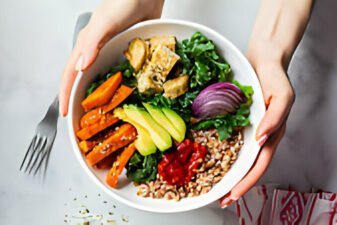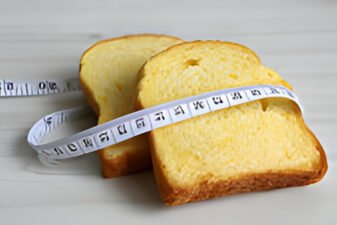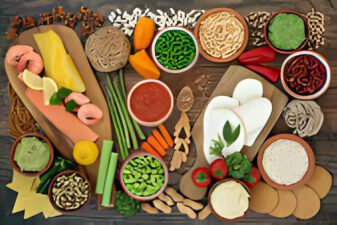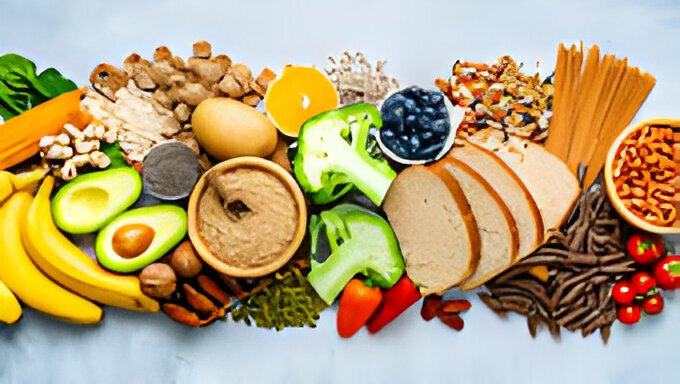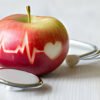The Body Needs Fuel
The human body is incredibly complex. Every second, millions of physiological and chemical reactions take place in order to maintain good health. The body both creates things (eg. heat, muscle, proteins, RNA, hair, nails, enzymes, fat tissue, bones) and breaks things down (food, stored fat, etc.). These anabolic and catabolic processes, along with all organs and systems, need fuel to enable them to function. The fuel or energy that the body uses, comes from the food and drink that we consume in our diet. In a nutshell, food is human gasoline.
Food Energy And The Digestive System
Our food digestion system (mouth, esophagus, stomach, small intestine, large intestine) helps us to absorb energy and nutrients from food. Carbohydrate, fats and protein are each digested differently within the digestive tract, but surplus calories from these three micronutrients are ALL converted to body fat and stored as adipose tissue. Malabsorption in the gut, bad eating habits, viral or bacteriological infections can cause a range of digestive conditions including: Indigestion, Constipation, Diarrhea, Gastroenteritis, and other digestion problems, including food poisoning.
The Body Follows an Order of Priority in Fuel-Burning
Our food fuel comprises the protein, carbohydrate, fat and alcohol we eat. But the exact mixture our body uses typically varies according to circumstances (eg. our physical activity, our last meal etc.). There is an “order of priority” that dictates which fuels are burned first. Alcohol calories are burned first. This is because we cannot store alcohol energy. Next, we burn protein, then carbohydrates, then fat. In practice, however, we typically burn a “mixture” of carbs and fat, with the ratio being dependent on meals. Just after meals we burn mainly carbohydrate, while between meals we burn more fat.
Fat-Burning Efficiency Effects Weight
According to experts, if we cannot burn all the fat we consume, the remainder is stored as fat tissue. This fat-burning ability is determined by the amount of insulin in our bloodstream. [Note: a major factor in insulin release is the glycemic index (GI) value of the carb-foods or meal consumed.] When insulin levels are low, we burn mainly fat. When they are high, we burn mainly carbs. But a problem arises when insulin levels remain constantly high, as in the case of individuals suffering from insulin insensitivity. In such cases, the constant need to burn carbs reduces our fat-burning ability. Result? More fat is stored as fatty (adipose) tissue.
High Insulin Levels May Increase Risk of Obesity
This is why experts are linking high insulin levels, together with a reduced ability to burn fat, with obesity. And as you can see, high insulin levels are typically determined by the type of carbs we eat. High GI foods or meals trigger higher levels of insulin than intermediate or low GI foods. This is why the Glycemic Index is considered to be so important in assessing carb eating habits.


